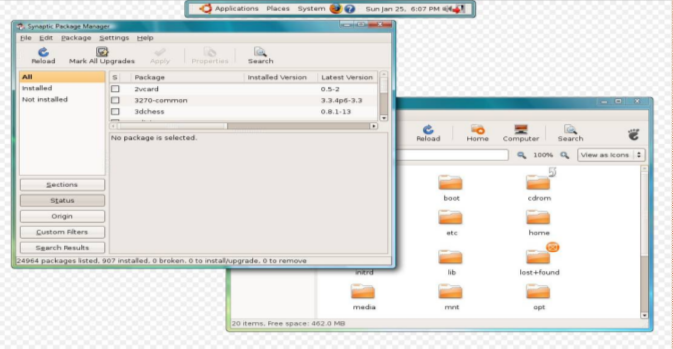NSLIG – July 2018

Back to Meeting Notes 2018
Notes from the July 2018 Meeting
[hr height=”30″ style=”default” line=”default” themecolor=”1″]
It might have been a coincidence, but there were six apologies from our regular attendees, including some who had temporarily escaped the Melbourne winter for sunnier northern parts of Australia and some who genuinely needed R & R after a bout with the dreaded lurgi. So a smaller audience than usual was able to make the best of a quiet night.
After the usual free ranging discussions that mark the informal “hands on help”, it was decided to have two sessions instead of the usual program. As Nick Vespo was unavoidably occupied with client problems, there was no formal Linux News session, and we started with an Open Forum session. Topics included were the suitability of Firefox and other non Google browsers to operate in the Google Hangouts and a short description of some interesting small desktop hardware which was about to be converted to a Linux desktop installation. Podcasts (audio and video) from Twit TV (This Week in Tech) also got a mention. Their website at twit.tv is well worth checking out.
The main session for the evening was presented by Paul Addis – the title of which was “Linux and Microsoft – from ‘Cancer’ to Co-operation.”
Paul started out with a run down on the means of running Linux and Windows on the same physical hardware, namely Multiboot, Virtual Machines, using Wine and using Cygwin, AndLinux or WSL (Windows Subsystem for Linux).
Multibooting setups can only use one system, Linux or Windows, at any given time while virtual machines can allow one system to host a virtual instance of the other, given the appropriate Windows license.
Wine runs Windows programs on Linux by mapping the Windows application program interface (API) to Linux functions. dll’s used in this process are not the Windows dlls, but (mainly) versions created by Wine from the API documentation. Not all Windows dlls are documented so “Here be Dragons”! A commercial version of Wine called Crossover is also available.
Cygwin, started in 1995, is a way of running Linux and Unix programs in a Windows environment, and is currently supported by RedHat and volunteers. Programs created via Cygwin are normal Windows programs, and include ports of KDE 3, Gnome, Xwindows and Apache.
An alternative to Cygwin is AndLinux, an Ubuntu based system for 32 bit Windows only. This uses a kernel intended to run natively in Windows.

Two Linux applications running under AndLinux.
Paul then gave a summary of the changes in the attitude of Microsoft from the low point when Linux was regarded as a “cancer” to the changed attitude of the present time, culminating in the release of the Windows Subsystem for Linux. (WSL).
WSL is a windows 10 only add on that needs to be enabled prior to using it. Developed by Microsoft and Canonical, WSL translates Linux requests to ones understood by Windows, a sort of reverse Wine. It uses a special version of Ubuntu apparently only available from the Windows store.
Only Linux programs not needing a GUI work straightforwardly – making a GUI work is somewhat hit and miss at this stage.
Paul then demonstrated Linux command line utilities running under WSL, as well as a couple of simple GUI applications he had managed to get working.
An interesting look at a situation which has attracted some robust comment.


